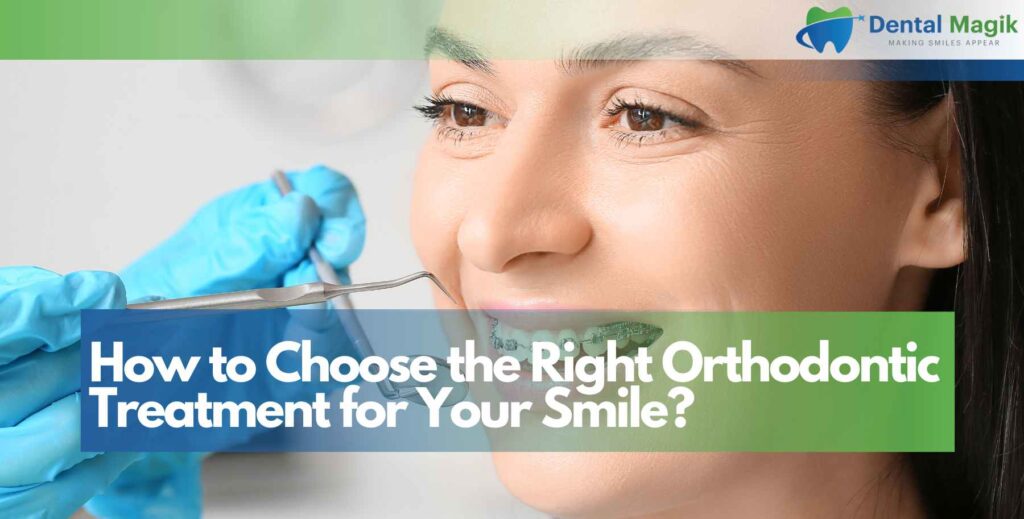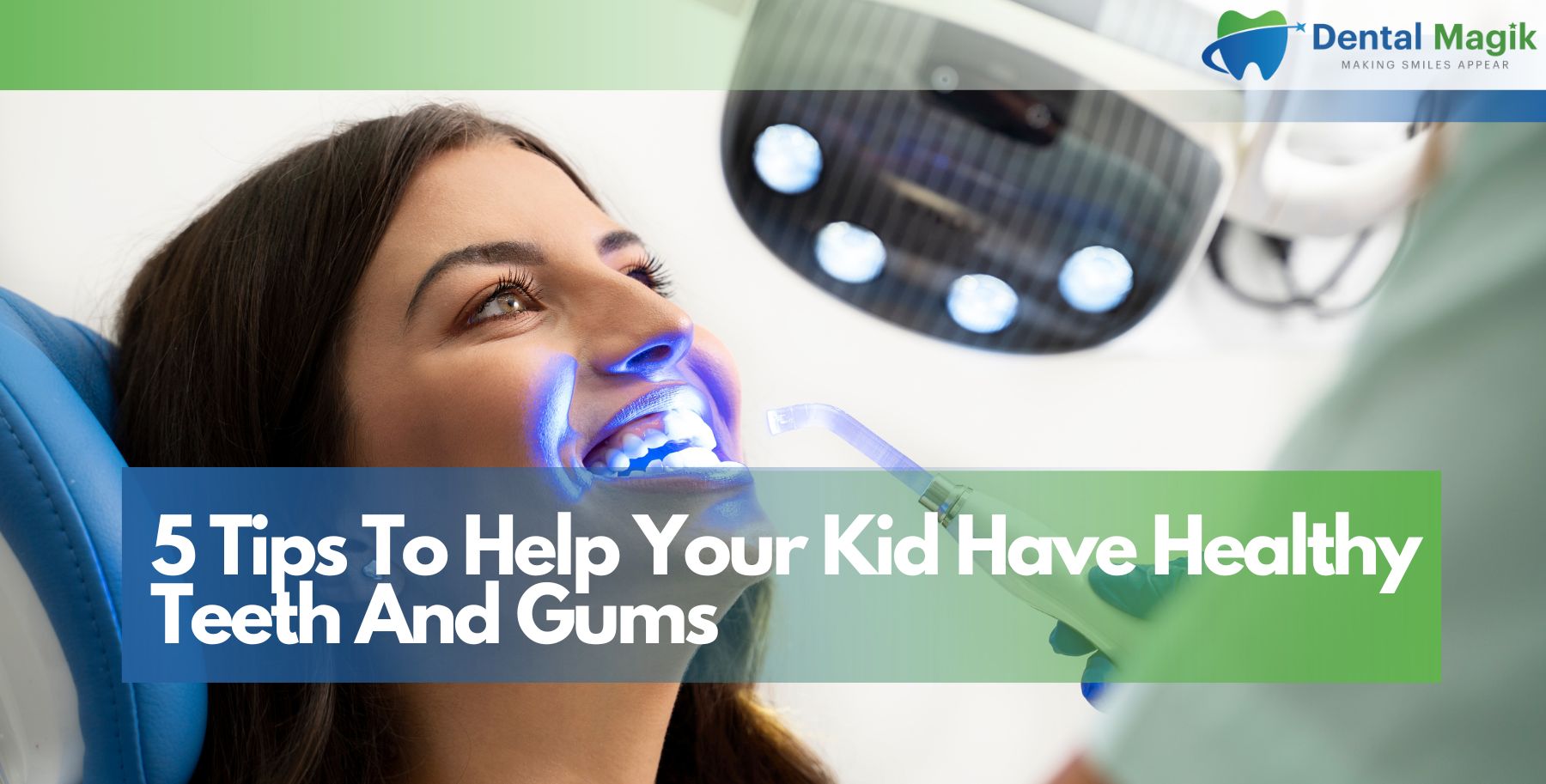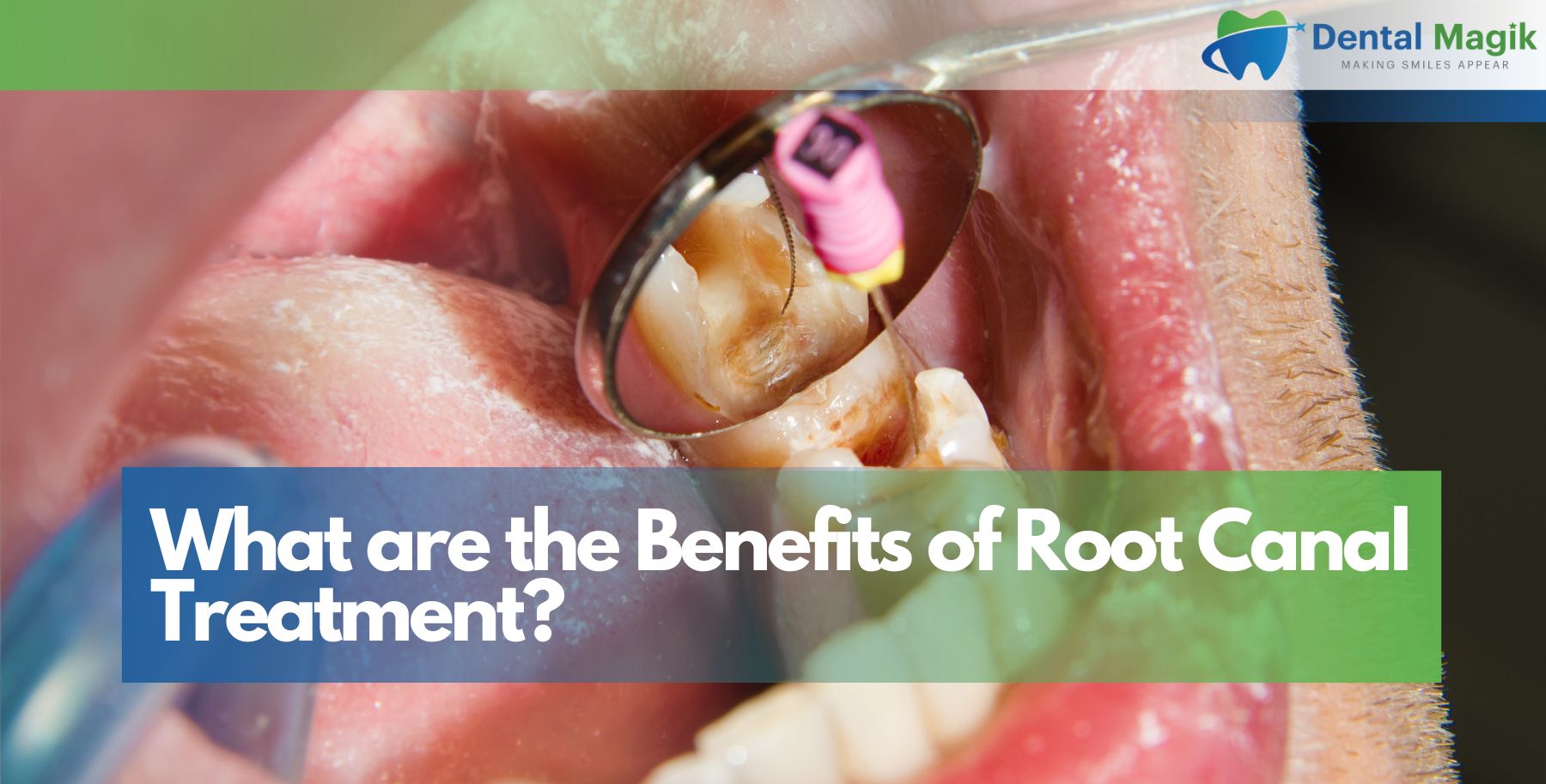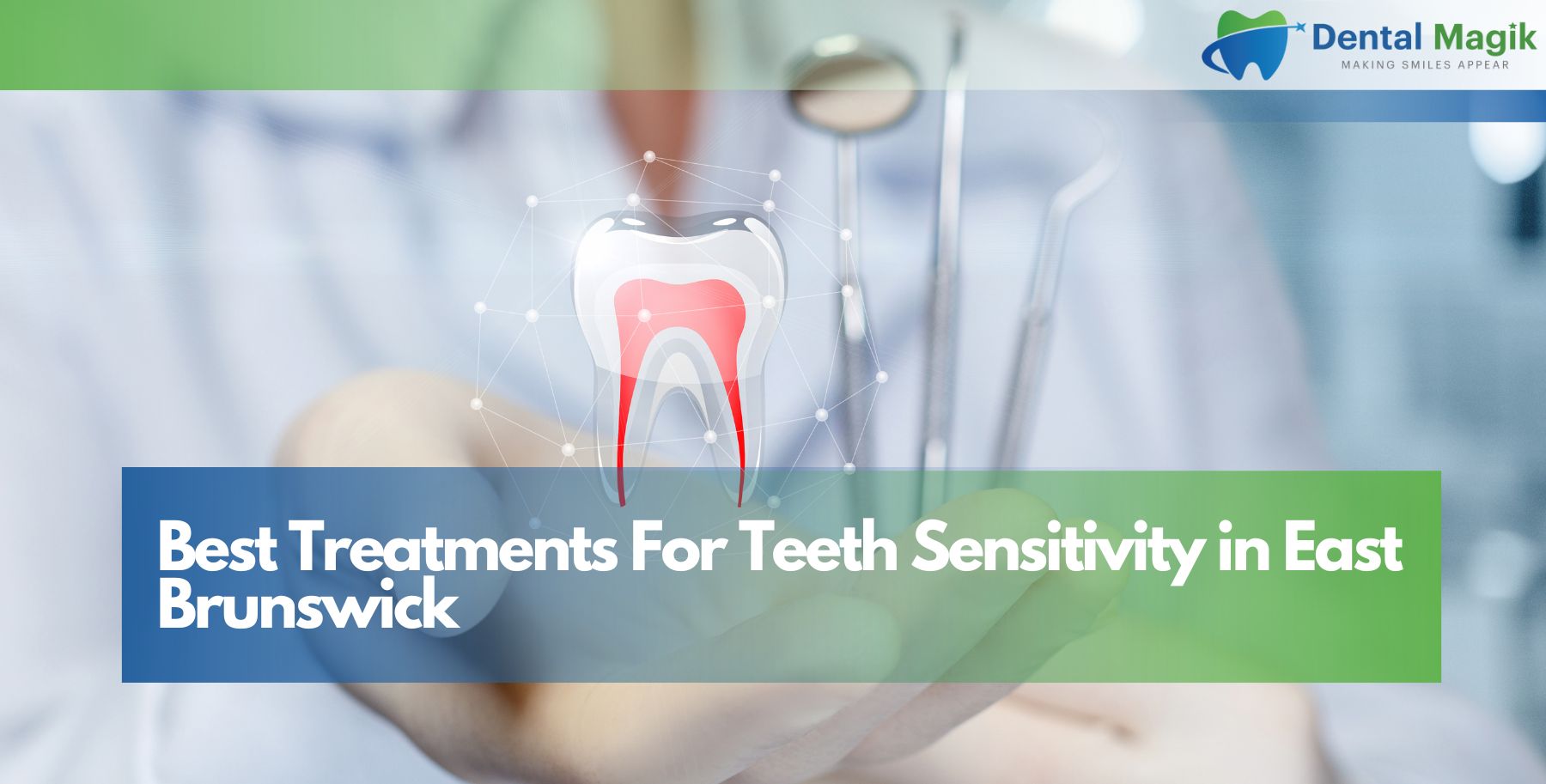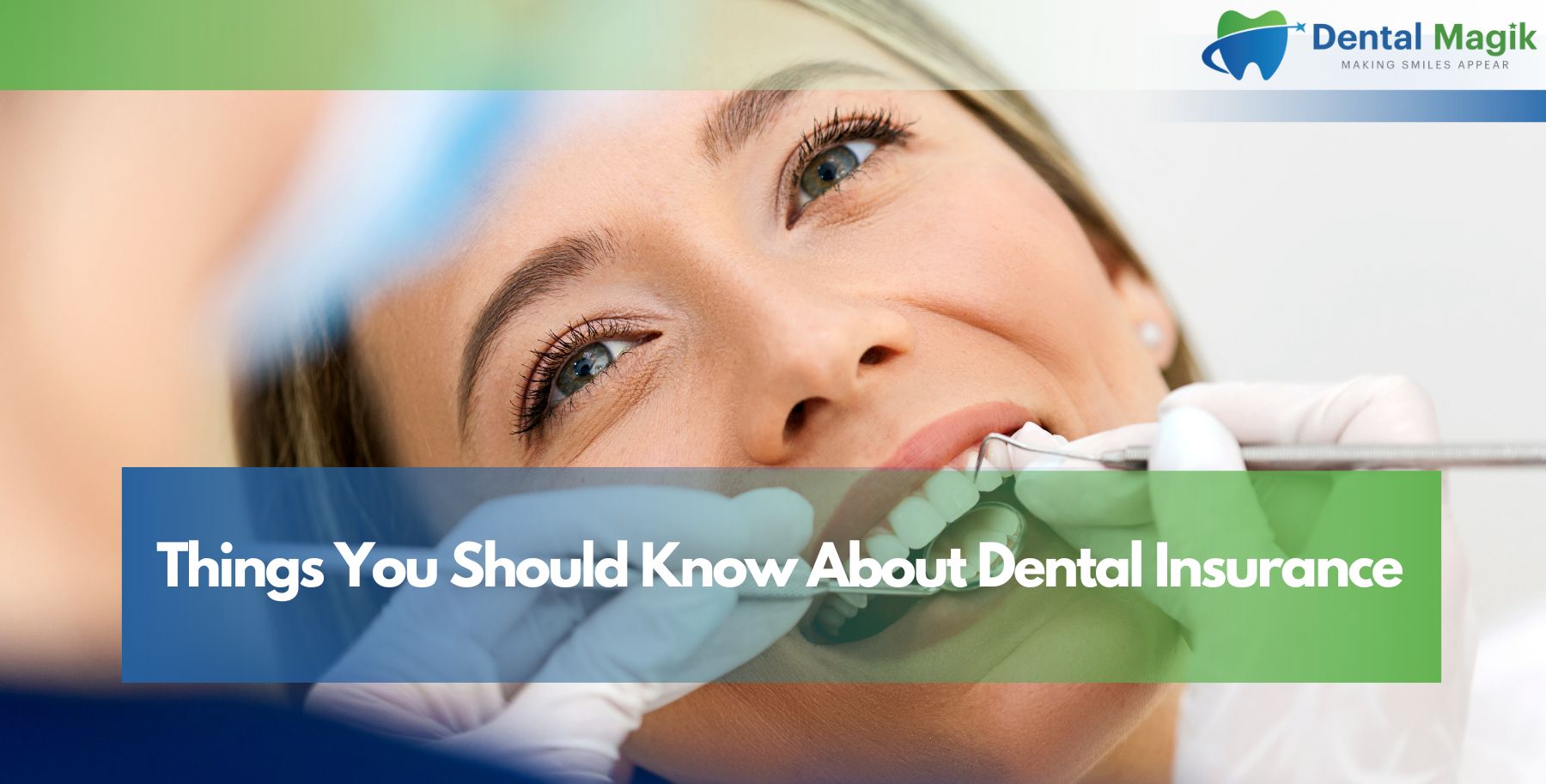Choosing the right orthodontic treatment for your smile is a decision that can impact your self-confidence, health, and overall quality of life for many years. With the advancements in orthodontics over the past few decades, there are now more options than ever when it comes to straightening your teeth and aligning your bite. However, with such a variety of treatments available, it can be overwhelming to decide which is best suited for your unique needs. We’ll walk you through everything you need to know to make an informed decision. We’ll discuss the different types of orthodontic treatments, how to choose the right one for your lifestyle and dental needs, what to expect during your treatment, and how to care for your braces or aligners. By the end, you’ll have a clearer understanding of which treatment option will help you achieve the smile you’ve always wanted.
What Is Orthodontic Treatment?
Orthodontics is a specialized branch of dentistry that focuses on diagnosing, preventing, and correcting misaligned teeth and jaws. Orthodontic treatments involve the use of dental appliances—such as braces, aligners, and retainers—to gradually move your teeth and jaw into the proper position. The ultimate goal of orthodontics is to improve both the aesthetics and functionality of your smile, ensuring that your teeth are not only straight but that your bite is aligned for optimal comfort, health, and performance. While orthodontic treatment is often associated with cosmetic benefits, there are significant health advantages as well. Misaligned teeth can lead to difficulties with chewing, speaking, and even breathing, while bite problems can contribute to excessive wear and tear on your teeth, tooth decay, gum disease, and jaw pain.
Why Should You Consider Orthodontic Treatment for Your Smile?
Many people choose to undergo orthodontic treatment for purely cosmetic reasons—to achieve a more beautiful smile. However, the benefits of orthodontics go far beyond aesthetics. Here are some reasons why you should consider orthodontic treatment:
Aesthetic Improvements
The most obvious reason for getting orthodontic treatment is to improve the appearance of your smile. Straight, well-aligned teeth can enhance facial symmetry and make you look more youthful and attractive. Orthodontic treatment can correct:
- Crooked or misaligned teeth
- Gaps between teeth
- Overbite or underbite issues
Better Oral Health
Orthodontics isn’t just about appearance—it’s about health, too. Misaligned teeth can be more difficult to clean, leading to plaque buildup, tooth decay, and gum disease. By straightening your teeth, you reduce your risk of these issues, making it easier to maintain optimal oral hygiene.
Improved Functionality
Orthodontic treatment helps with bite problems, such as overbites, underbites, and crossbites. By correcting these issues, orthodontics allows your teeth and jaw to function more effectively. Proper alignment can improve your ability to chew, speak, and even breathe, making day-to-day activities easier and more comfortable.
Long-Term Benefits
Orthodontics can prevent or alleviate problems that may arise in the future, such as jaw pain, headaches, or tooth wear. By correcting your bite early on, orthodontics can protect your teeth and jaw from excessive wear, reducing the need for costly and invasive dental treatments in the future.
Common Orthodontic Issues Addressed by Treatment
Orthodontic treatment is used to correct a wide range of dental issues. Some of the most common conditions that orthodontics can address include:
Crowding
Crowded teeth occur when there isn’t enough space in the mouth for all the teeth to align properly. This can result in teeth overlapping or shifting out of their proper positions. Orthodontic treatment can create space and move the teeth into alignment.
Gaps Between Teeth
Gaps, or diastema, occur when there is too much space between teeth. Orthodontic treatment can help close these gaps and create a more harmonious smile.
Overbite
An overbite occurs when the upper teeth overlap the lower teeth too much. This condition can cause problems with chewing, speaking, and lead to increased wear on the teeth. Braces or clear aligners can move the teeth into the correct position.
Underbite
An underbite occurs when the lower teeth sit in front of the upper teeth. This can lead to difficulties with chewing and jaw pain. Treatment options such as braces, clear aligners, or surgery can correct an underbite.
Crossbite
A crossbite happens when one or more of the upper teeth bite inside the lower teeth. This misalignment can result in tooth wear, gum disease, and bone loss. Orthodontic treatment can correct this issue by moving the teeth into their proper position.
Open Bite
An open bite occurs when the upper and lower teeth don’t come together when biting down. This can interfere with chewing and speaking and may be corrected with braces or clear aligners.
Types of Orthodontic Treatments
There are several orthodontic treatment options available today, each with its unique features, advantages, and considerations. The best choice for you will depend on your individual dental needs, lifestyle preferences, and budget.
Traditional Metal Braces
Traditional metal braces are the most well-known type of orthodontic appliance. They consist of metal brackets that are bonded to your teeth, connected by an archwire. The archwire is adjusted periodically to move your teeth into place.
Pros of Metal Braces:
- Highly effective: Metal braces are incredibly effective in treating a wide range of dental issues, from mild to severe misalignment.
- Durable: Metal braces are tough and can withstand the pressures of active lifestyles.
- Affordable: Among orthodontic treatments, metal braces are typically the most affordable.
Cons of Metal Braces:
- Visibility: Traditional metal braces are highly visible, which may be a concern for some people, especially teens and adults.
- Discomfort: Braces can cause discomfort, especially after adjustments.
- Dietary restrictions: You may need to avoid certain foods, such as sticky or hard foods, to prevent damage to the braces.
Ceramic Braces
Ceramic braces function similarly to metal braces but use clear or tooth-colored brackets that blend more seamlessly with the teeth. This makes them a more aesthetic option.
Pros of Ceramic Braces:
- Less noticeable: Ceramic braces are less visible than metal braces, making them a good option for those concerned about the appearance.
- Effective for most cases: Like metal braces, ceramic braces can treat a variety of dental issues.
Cons of Ceramic Braces:
- Fragility: Ceramic brackets are more fragile than metal brackets and can break more easily.
- Higher cost: Ceramic braces tend to be more expensive than metal braces.
- Staining: The elastics used with ceramic braces may stain over time.
Lingual Braces
Lingual braces are similar to traditional metal braces, but they are placed on the back (lingual) side of your teeth, making them virtually invisible.
Pros of Lingual Braces:
- Invisible: Lingual braces are the most discreet option, as they are placed on the back of the teeth.
- Effective: They can be used to treat a wide range of dental issues, similar to traditional metal braces.
Cons of Lingual Braces:
- Discomfort: Lingual braces can cause more irritation to the tongue and may take longer to get used to.
- Cost: Lingual braces are often more expensive than traditional braces due to their custom fit and placement.
- Difficult to clean: Cleaning lingual braces can be challenging, requiring more attention to oral hygiene.
Clear Aligners (e.g., Invisalign)
Clear aligners are removable trays that gradually shift your teeth into place. The most well-known brand is Invisalign, which uses a series of custom-made aligners to straighten teeth.
Pros of Clear Aligners:
- Discreet: Clear aligners are virtually invisible, making them an ideal choice for people who want a less noticeable treatment option.
- Removable: Clear aligners can be removed for eating, drinking, and cleaning, making them more convenient than other options.
- Comfortable: Clear aligners are made of smooth plastic and cause less irritation to the gums and cheeks than traditional braces.
Cons of Clear Aligners:
- Not suitable for complex cases: While clear aligners work well for many cases, they may not be suitable for severe misalignments or bite issues.
- Compliance is crucial: Clear aligners must be worn for 20-22 hours a day to be effective, and failure to comply with this regimen can result in delayed treatment.
- Cost: Clear aligners can be more expensive than traditional braces.
How to Choose the Right Orthodontic Treatment
Choosing the right orthodontic treatment involves considering several factors, including your dental needs, budget, lifestyle, and aesthetic preferences. Here’s a breakdown of what to consider when selecting your treatment:
Assessing Your Dental Needs
The first step is to determine what orthodontic issues you need to address. Some treatments are better for specific problems, so it’s essential to consult with an orthodontist to evaluate your dental health. For example, if you have severe misalignment or bite issues, traditional metal braces may be your best option.
Considering Your Age and Lifestyle
Age and lifestyle preferences play a crucial role in choosing your treatment. For example, clear aligners are often a popular choice for adults and teens who want a discreet treatment option, while metal braces might be more appropriate for younger patients with more complex issues.
Budgeting for Orthodontic Care
Orthodontic treatments can vary in cost depending on the type and complexity of the case. Traditional metal braces are typically the most affordable option, while clear aligners and lingual braces can be more expensive. Be sure to discuss payment plans, insurance coverage, and financing options with your orthodontist.
Understanding Treatment Duration
Orthodontic treatment duration can vary depending on the type of treatment and the severity of the issues being addressed. Braces typically require a longer treatment period, anywhere from 18 to 36 months, while clear aligners usually take between 12 to 18 months. It’s essential to understand the timeline and commitment involved before choosing your treatment.
What to Expect During Your Orthodontic Treatment
Once you’ve chosen the right orthodontic treatment for your needs, it’s important to know what to expect during the process. Typically, orthodontic treatment involves multiple steps:
- Initial Consultation and Evaluation: The first step is a thorough consultation with your orthodontist. X-rays, photographs, and impressions of your teeth will be taken to create a personalized treatment plan.
- Placement of Braces or Aligners: If you choose braces, they will be placed on your teeth, and you’ll schedule follow-up visits for adjustments. If you opt for clear aligners, you’ll receive a set of custom aligners that will need to be worn for 20-22 hours per day.
- Regular Check-Ups: Throughout your treatment, you will have regular check-ups (usually every 4-6 weeks) to monitor progress and make necessary adjustments.
- Retention: Once your braces or aligners are removed, you will likely need to wear a retainer to keep your teeth in their new positions.
Conclusion
Choosing the right orthodontic treatment for your smile is a personal decision that requires thoughtful consideration of your needs, preferences, and lifestyle. Whether you opt for traditional metal braces, clear aligners, or another treatment, orthodontics can give you a beautiful, functional smile that lasts a lifetime. For expert orthodontic care in a warm and friendly environment, visit Dental Magik, Dentist in East Brunswick, NJ. The team at Dental Magik are dedicated to helping you achieve your dream smile with personalized, professional care.

